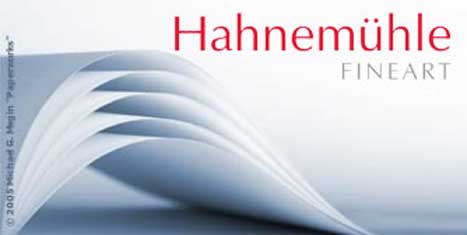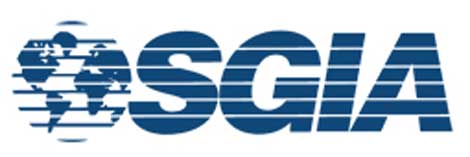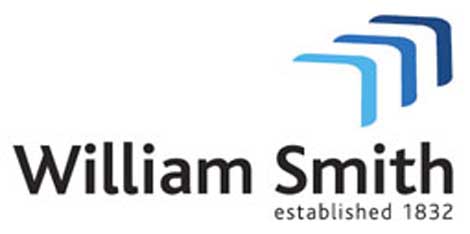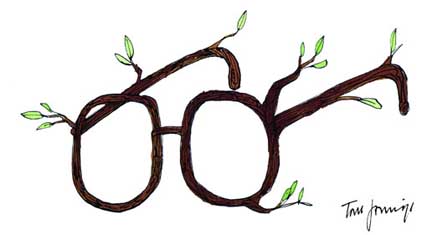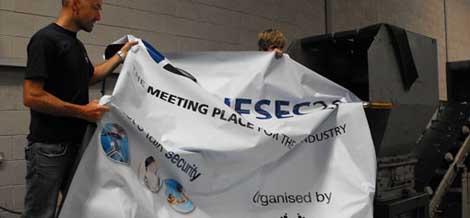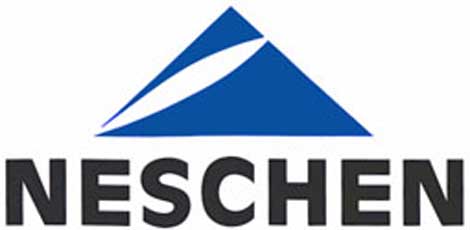
As one of the leading providers in the graphics sector, Neschen recognised the trend towards greater green awareness some time ago and consistently uses green production porcesses and materials.
For example, its Pro Nature product, which is subjected to the most stringent internal norms and checks, is a result of this, but as Neschen’s Frank Seemann, Head of Marketing and Communications Department at Neschen AG in Bückeburg, Germany points out: “Pro Nature is not just a label for the customer – the advertising materials for this line are made exclusively of environmentally and resource-friendly materials. One of these is cotton – a natural, fibre that is not just pleasantly warm and soft, but also kind of the skin. So it goes without saying that cotton is becoming more and more populat, particulary in interior graphic design”.
Corn is another new trend. As a result, Neschen also offers digital print media that is made entirely of cornstarch. Printed with eco inks – also made from cornstarch – this combination provides environmentally friendly advertising materials that are also completely biodegradable.
Since both corn and cotton are renewable natural materials, no finite fossil fuels are required. But even synthetic materials or plastics that are usually manufactured form oil can be produced sustainably. One example is the polyolefin group (PO). These include several wellknown materials, such as polypropylene (PP), which Neschen uses as a basic material in banner production.
The material used to make PP is a by-product of the petroleum industry, which is generated each day in the refineries and is also used in the food industry.
During combustion of the raw material or the PP film, only water (H20) and carbon dioxide (CO2) are emitted as reaction products. No other hazardous by-products are generated and modern cleaning and filter systems also further minimise emissions. This is a key difference when PP is compared to the majority of other synthetics and plastics that have to be specially disposed of and are often very harmful to the environment.
In addition to maintaining quality, Neschen is keen to save energy. As a result, it has fitted its own water filtering system that, after thorough purification, feeds the water from film production back into the public water supply. This revolutionary system decreases water consumption by several thousand cubic meters annually. Further, the company has implemented a highly efficient energy recovery system that has reduced the consumption of its manufacturing machinery to a minimum.
Frank Seemann comments: “In the final analysis, Neschen is not just a product trendsetter in its markets. It has also been a green pioneer and its continuing commitment to top-level research and development will ensure it continues to break new ground in the future.”



